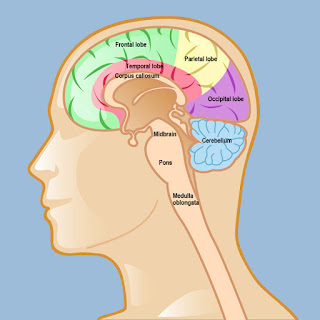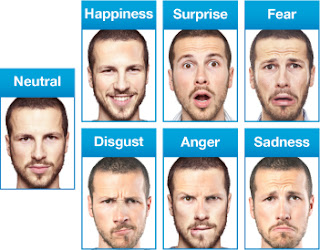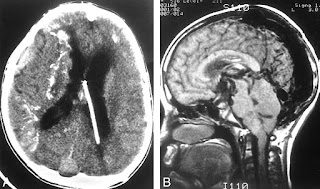Brain tumors, although affecting only a small percentage of the population, poses a large impact worldwide with its high incidence of morbidity and mortality. In the turn of the century, we have witnessed major breakthroughs in the diagnosis and management of patients with brain tumors that is largely becoming molecular-based and personalized. In developing countries like the Philippines, major efforts are yet to be made in order to deliver the ideal treatment modalities to patients with brain tumor, yet certain socio-cultural factors and the lack of standardized protocol limit and even hinder this goal. Hence, it is important to be able to describe our patient population and to determine if they were able to receive adequate treatment in order to pave the way to further identification of ways to clinical improvement in the future.
Thursday 27 July 2017
Thursday 20 July 2017
COINS Tools for Automated NIMH Data Archive Submissions
Grant funding agencies are continuing to move toward their own standardized database platforms in the pursuit of harmonizing data and reproducing results. The National Institute of Mental Health Data Archive (NDA) is one such mission. This initiative serves as a repository for data collected by investigators who have been funded by the NIH/NIMH and have committed to sharing their data with the NDA. Preparing data captured by assessment and imaging collection and management systems (e.g. XNAT, Qualtrics, and REDcap) for submission can be challenging. NDA data submissions are performed through standalone GUI-only applications, limiting automation possibilities.
Thursday 6 July 2017
Differentiating recognition for anger and fear facial expressions via inhibition of return
The goal of this study was to find out whether two negative emotions—fear and anger, known for their attention grabbing capacity-are equally prone to the detection cost or habituation of attention as measured by IOR. This study adopted the more ecological meaning of the video screenshots as target stimulus; the finding was that anger relative to fear could override the IOR effect. We discussed this differentiation according to the two cognitive systems one evolved for mastery of the natural environment, the other for purposes of social harmony in the evolutionary framework, anger poses a social/relational threat, whereas fear refers to threat that comes from the environment.
Monday 3 July 2017
The importance of early diagnosis of subdural arteriovenous fistula for clinical recovery.....
Sub dural arteriovenous fistulas (SDAVF) represent a rare disease of the spinal cord with diverse neurological complains resembling polyneuropathies of myelopathies. Due to the absence of specific clinical signs the diagnosis relies upon the MRI findings, which consists of the following classical triad of 1) dilated vessels in the subdural space, 2) central spinal cord edema and 3) contrast enhancement of the affected segments. A fourth yet inconsistent finding is an enlarged conus medullaris.
The triad is however often incomplete and in the absence of the engorged perimedullary vessels the diagnosis can remains elusive for an extensive period of time and until an advanced level of clinical disability is reached. Unlike most other immune of infectious causes of medullary dysfunction, SDAVF is a treatable condition, surgical treatment usually stopping the progression of neurological complains. Therefore, an early diagnosis is the most important factor associated with neurological recovery. The aim of this case report is to illustrate how essential a prompt diagnosis is by presenting two patients with very different clinical outcomes based on the time from the initial complains to the correct diagnosis.
Subscribe to:
Posts (Atom)



